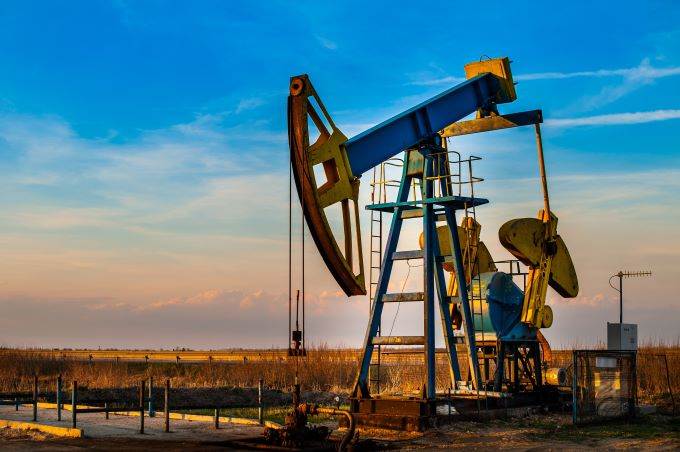 Oil prices plummeted nearly 25 percent on Monday and extended their losses into Tuesday, falling 13 percent in early trade on concerns that global storage facilities are reaching capacity. U.S. WTI Futures were trading down 12.68 percent as of 1:26 p.m. HK/SIN, to $11.16 per barrel. Brent crude futures were down 3.9 percent to $19.21 per barrel.
Oil prices plummeted nearly 25 percent on Monday and extended their losses into Tuesday, falling 13 percent in early trade on concerns that global storage facilities are reaching capacity. U.S. WTI Futures were trading down 12.68 percent as of 1:26 p.m. HK/SIN, to $11.16 per barrel. Brent crude futures were down 3.9 percent to $19.21 per barrel.
Also pressuring prices was the announcement last week by the United States Oil Fund, the world's largest oil-backed ETF (stock ticker USO) that it would sell all of its contracts for June delivery starting Monday and seek out longer-term contracts. Analysts have interpreted this decision as a sign of the weakness of the U.S. oil sector. As we head towards the end of April, both Brent crude and U.S. WTI are facing their fourth month of consecutive price declines, the longest stretch of declines since 2017.
Currency Movements
The Canadian dollar, highly tied to the price of oil, continued to struggle as oil prices plummeted. The greenback rose 0.18 percent against the Canadian dollar to trade at $1.405 in the early afternoon in Asia. The greenback eased against most of its other currency partners, falling 0.089 percent against the British pound to trade at $1.242, and heading down 0.046 percent against the euro, to $1.082. The dollar eked out a 0.01 percent gain against the yen to trade at 107.23.
Despite falling 0.108 percent against the U.S. dollar on Tuesday, the Australian dollar is trading some 17 percent higher than the 17-year low hit last month. The Australian currency tested six-week high during Tuesday's Asian trading session as the country prepared for re-opening of its economy after strict shutdowns due to the coronavirus. "The Aussie is in beast mode at the moment," Chris Weston, head of research at Pepperstone, told CNBC. He credited the currency's recent gains to its role as a proxy for the equity markets, as traders flocked to equities despite the fundamentals as they looked more at company's valuation outlooks. Australia is one of several countries that has announced that its reopening will begin within the coming days. Italy and some U.S. states made similar announcements, as did lawmakers in New Zealand, though British Prime Minister Boris Johnson announced that his country wasn't quite ready yet to ease its restrictions.
